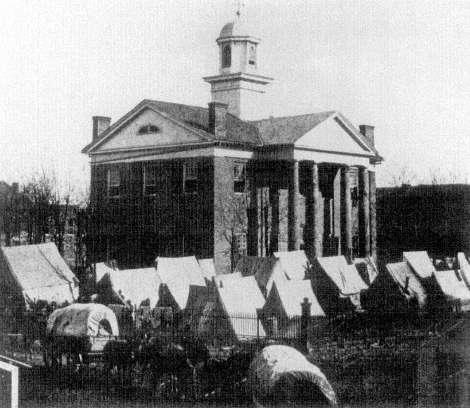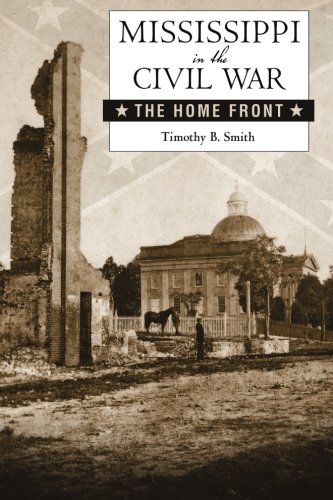
If I asked you to give me the name of an American Civil War poet, you would likely say “Walt Whitman.” His poems, like “O Captain! My Captain!,” “When Lilacs Last in the Dooryard Bloom’d,” and “The Wound Dresser,” certainly catapult him to the top of the Civil War poets list.
But if I were asked to name another Civil War poet, I’d be rather stumped. Until, that is, I laid eyes on Poets of the Civil War, edited by J.D. McClatchy, published in 2005 as part of the Library of America’s American Poets Project. And I was in for a major surprise. Whitman doesn’t stand there by himself.
The list of Civil War poets includes some of the best-known writers and poets of the 19th century. William Cullen Bryant. Ralph Waldo Emerson. Henry Wadsworth Longfellow. John Greenleaf Whittier. Herman Melville. James Russell Lowell. Bret Harte. Ambrose Bierce. Sidney Lanier.
To continue reading, please see my post today at Tweetspeak Poetry.















